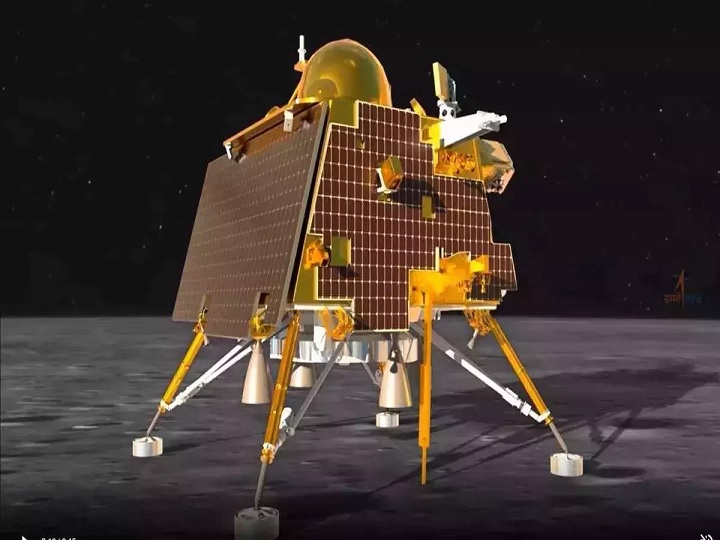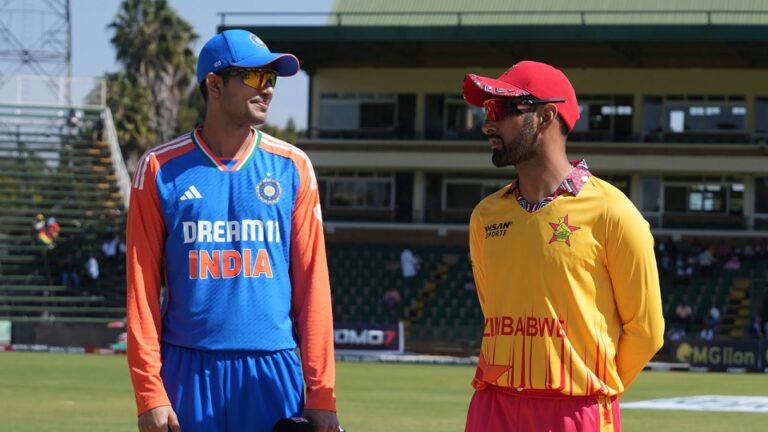
chandrayaan-3
Introduction to Chandrayaan-3
Chandrayaan-3 marks a monumental chapter in India’s space exploration journey. Spearheaded by the Indian Space Research Organisation (ISRO), it is the third installment of India’s ambitious lunar program. Following the success and lessons of Chandrayaan-1 and Chandrayaan-2, this mission was launched to showcase India’s evolving capabilities in space science and its commitment to deep-space exploration.
In this article, we delve into every aspect of Chandrayaan-3, from its objectives and technical details to the challenges faced and the global significance of its achievements.
Table of Contents
The Evolution of India’s Lunar Missions
Chandrayaan-1: The Beginning of India’s Lunar Quest
India’s tryst with lunar exploration began in 2008 with Chandrayaan-1. This groundbreaking mission demonstrated ISRO’s potential on the global stage. Chandrayaan-1’s major contribution was the discovery of water molecules on the Moon’s surface, a finding that reshaped lunar science and generated worldwide interest.
Chandrayaan-2: A Bold Attempt with Valuable Lessons
Launched in 2019, Chandrayaan-2 aimed to expand on its predecessor’s successes. It included an orbiter, a lander (Vikram), and a rover (Pragyan). While the orbiter performed exceptionally, the lander faced an unfortunate crash during its descent. Despite the setback, Chandrayaan-2 provided valuable insights and laid the groundwork for future missions.
Chandrayaan-3: A Mission with a Singular Focus
What Makes Chandrayaan-3 Unique?
Chandrayaan-3 is distinct in its focus and design. Unlike its predecessor, it does not include an orbiter. Instead, it features a lander and a rover, with the singular objective of achieving a successful soft landing on the Moon. This strategic refinement minimizes risks and builds directly on the lessons learned from Chandrayaan-2.
Mission Objectives of Chandrayaan-3
1. Demonstrating Soft Landing Capability
The primary objective is to successfully land the Vikram lander on the Moon’s surface, a feat that eluded Chandrayaan-2.
2. Rover Deployment and Mobility
The Pragyan rover aims to explore the lunar surface, conducting scientific experiments to study the Moon’s composition and geology.
3. Advancing Space Technology
Chandrayaan-3 serves as a platform for testing and refining key technologies, such as autonomous navigation, communication systems, and energy management.
Technical Highlights of Chandrayaan-3
Key Components of the Mission
Vikram Lander
The Vikram lander is equipped with advanced sensors and algorithms to ensure a safe and precise landing. It includes instruments for measuring lunar seismic activity and monitoring temperature variations.
Pragyan Rover
Weighing approximately 27 kg, the Pragyan rover is designed to traverse the lunar surface, analyze soil samples, and transmit data back to Earth. Its six-wheeled design ensures mobility on uneven terrain.
Propulsion Module
The propulsion module carries the lander and rover to the Moon. It also includes a payload designed to study Earth from lunar orbit, enhancing our understanding of Earth’s atmosphere.
The Challenges of Lunar Exploration
Why Soft Landings Are Difficult
Achieving a soft landing on the Moon is an engineering marvel. Challenges include:
- Precise Navigation: The lander must travel over 384,000 km and land at an exact spot on the Moon.
- Lunar Gravity: The Moon’s lower gravity affects landing dynamics, requiring precise control.
- Surface Hazards: Craters, boulders, and uneven terrain pose risks to the lander and rover.
Lessons Learned from Chandrayaan-2
Chandrayaan-2’s crash landing underscored the importance of rigorous testing, real-time decision-making algorithms, and robust communication systems. Chandrayaan-3 integrates these lessons, enhancing its chances of success.
Chandrayaan-3’s Global Significance
Putting India on the Lunar Map
A successful Chandrayaan-3 mission solidifies India’s position as a leading spacefaring nation. It places India in an elite club of nations, alongside the United States, Russia, and China, that have achieved soft landings on the Moon.
Contributions to Lunar Science
By exploring uncharted regions of the Moon, Chandrayaan-3 contributes valuable data to the global scientific community. This knowledge is vital for future lunar missions and the possibility of human settlements on the Moon.
Milestones of Chandrayaan-3
Launch and Journey
The mission was launched aboard India’s trusted GSLV Mk III rocket, a testament to ISRO’s robust launch vehicle technology. The spacecraft embarked on a multi-week journey, leveraging Earth’s gravity to slingshot towards the Moon.
Landing on the Moon
The targeted landing site is near the lunar south pole, a region of immense scientific interest due to its potential water ice deposits and unique geology.
The Role of International Collaboration
Sharing Knowledge and Resources
Chandrayaan-3 benefits from global collaboration, with partnerships for data sharing, technology exchanges, and scientific analysis. Such cooperation underscores the importance of space exploration as a unifying endeavor.
Inspiring Future Generations
The success of Chandrayaan-3 serves as an inspiration to aspiring scientists and engineers, showcasing the power of determination, innovation, and international collaboration.
Challenges Faced During Development
Financial and Technical Hurdles
Despite limited budgets, ISRO’s engineers developed cost-effective solutions without compromising on quality. The mission is a testament to India’s ability to achieve more with less.
Impact of the COVID-19 Pandemic
The pandemic caused delays in the mission’s timeline, but ISRO adapted by implementing remote working solutions and prioritizing the health and safety of its workforce.
Looking Ahead: The Future of India’s Lunar Program
Chandrayaan-4 and Beyond
With Chandrayaan-3 as a stepping stone, India’s lunar ambitions are far from over. Future missions aim to explore more challenging terrains and pave the way for potential human exploration.
Role in Global Space Exploration
India’s lunar missions contribute to the collective goal of exploring the Moon as a launchpad for interplanetary missions, including Mars and beyond.
Conclusion: A Beacon of Innovation and Perseverance
Chandrayaan-3 represents not just a mission but a symbol of human ingenuity and resilience. It embodies India’s aspirations to push the boundaries of space exploration, inspiring generations to dream big.
As Chandrayaan-3 etches its name in history, it serves as a reminder that with determination and innovation, even the sky is not the limit.



